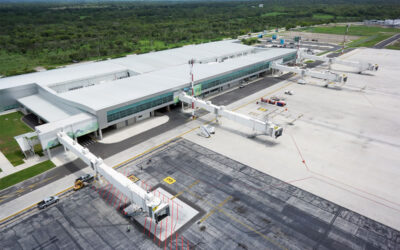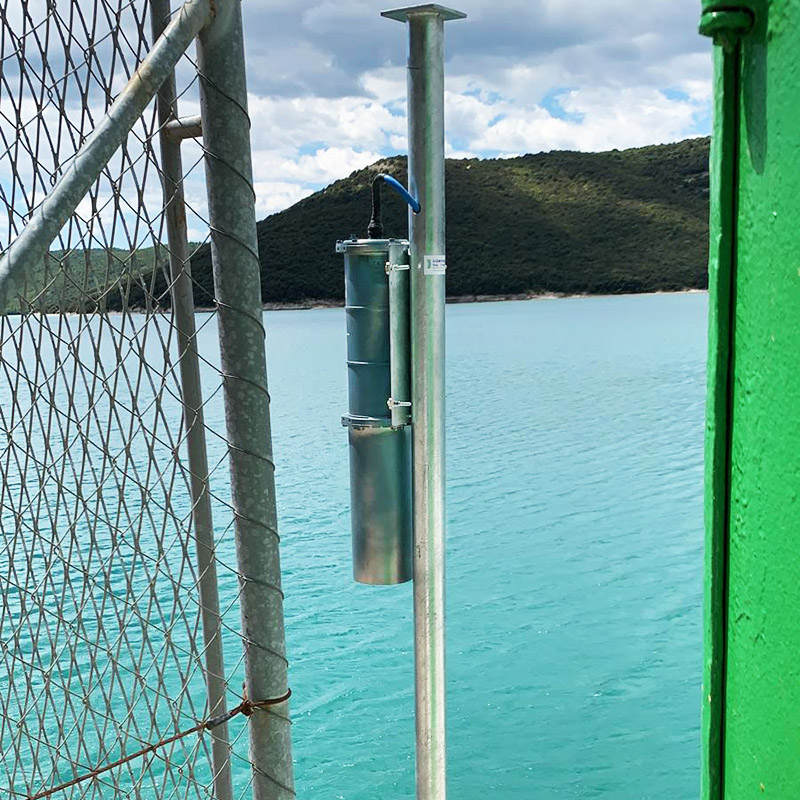How can we help you?
Get all the essentials to provide a full-system solution today. Inquire now!
Do you have questions?
A list of frequently asked questions to help you understand how the ROW works.
1. What kind of maintenance is required for the ROW?
ROW is designed for minimal user maintenance. Routine cleaning of the lens will keep the ROW working to maximum effect. Re-pressurization of the device is recommended on an annual basis, please consult with your local LDI representative to arrange this service (Plans are being devised).
2. Where is the ROW made?
ROW is produced in Estonia, member of the European Union and part of the Eurozone.
3. Can the ROW be installed in Zone 1 (explosive, hazardous areas)?
Yes!, We have a ROW model ATEX EXD fully certified by DNV Presafe according to ATEX/IECEx for Zone 1 areas. See the certifications here or ask for further information.
4. Is the ROW available in stainless steel?
Due to requests from some of our partners, ROW is now available in a Stainless Steel version as well as a full-system ATEX enclosure model certified by DNV Presafe and IECEx.
5. How much does the system cost?
The ROW prices ranges depending on the model, but your project is unique. Please contact our team or local authorised representative to arrange a quote for your specific requirements.
HOW-TO + INSTALLATION
1. How many ROW’s can be in one network?
In one network we would recommend up to 10 devices per network media converter (can have up to 99), using multiple converters for larger networks to increase stability and security of the system. For support in design and configuration of appropriate networks speak to our team today.
2. Can the ROW be moved between multiple locations?
Yes, although not recommended, a single ROW can be moved between several mounting points. Be aware that recalibration between each site may be required.
3. Can ROW be mounted on a boat?
Yes, during the 2013 open water World Swim Championship in Barcelona the ROW was successfully used to protect swimmers from potential pollution.
4. Can ROW be mounted on Oil Rigs?
Yes, we have a specialty ROW model with an enhanced range up to 25 m, perfect for offshore oil rigs.
5. Does ROW work in or underwater? Can we mount it on a ROV?
ROW is designed to work above the water (or land) as a non-contact sensor. In water and underwater systems can become contaminated easily (some have windscreen wipers to keep the viewing field clean) and have several complications regarding installation and maintenance.
We have designed and certified ROW to meet the toughest water resistant standards (IP68). This means that if the device does go underwater, whether it be due to unusually high water levels or large waves, the ROW will continue function and provide surface oil spill detection once the device returns above the water again.
6. Can ROW be mounted on a buoy or an UAV?
Yes, speak with us today to discuss available buoy-based options to integrate the ROW. We have partners who supply the latest wireless telemetry and solar solutions to provide a true off-grid solution.
For UAV, it can and we are already working with partners on such systems. Sign up to our newsletter to receive updates for availability.
7. Can the ROW set off a local alarm?
Yes, as well as remote alarms, the ROW can be configured and installed according to your requirements to set off local alarms when oil is detected. LDI offers both visible and audible alarm systems, speak to us today to discuss your individual needs.
OPERATIONAL + TECHNICAL
1. Is the ROW able to detect oil in all weather conditions?
Yes. For areas prone to fog, we recommend installing the ROW closer to targets to improve the effectiveness of the device as low cloud coverage scatters the device signal.
2. Does ROW work on land?
Yes, ROW operates on land or over water. On land, oil will need to directly leak or fall within the field of view of the instrument, or flow into view via gravity. Conversely, on water oil spreads rapidly to forming thin films.
3. Can ROW measure the oil dissolved in the water?
Yes, ROW can detect oil dissolved in water. Because it is using optics, the ROW’s beam can penetrate up to 10-15 cm depth into the water column, depending on distance from surface and turbidity.
4. Will phytoplankton or algae affect the measurement?
As long as phytoplankton and algae are not blocking the ROW from observing the oil, the device will operate normally.
5. Is it possible to print out the log files when ROW detects oil?
Yes, see installation manual for guidance on how to do this. The user can also use PLC and SCADA dataloggers via the 4-20 mA output to collect data. For those more technically incline, the ROW has modbus protocol via RS485 output that can be programmed to display appropriate data.
6. Can ROW detect oil in fast flowing water?
Yes, this is an ideal application for ROW. ROW has been tested and proven to give great results over fast flowing water.
7. Is ROW able to detect under ice?
Thin and clear ice, such as you can see through with your eyes, will not greatly impair the ROW’s function (not tested). Thick and opaque ice will obscure the ROW’s vision. Consult with LDI or your local dealer if you expect to have significant quantities of ice in your areas. The ROW operates normally for oil on ice.
8. Can ROW detect oil at night?
Yes. The ROW operates 24/7.
PERFORMANCE + INTEGRATION
1. Does the distance between the sensor and water surface affect the measurement results?
At longer distances, ROW will not be able to detect the thinnest films of 1 micron. The average thickness of an oil slick is 0.1 mm (100 micron), which is possible to detect at up to 10 m. For most installations, 2-5 m is optimal.
2. Does the oil florescence level changes in proportion with the oil film thickness?
Yes, the thickness of oil affects the signal. For very thick oil films, greater than 0.3 mm (that tend to only form in areas where flow is restricted), further increases of oil do not increase the signal.
3. Can I connect the ROW to my own telemetry and systems?
Absolutely! All ROW instruments come with a standard output relay (passive), 4-20 mA signal output, and RS-485 output that can be program via Modbus. Most engineers use the 4-20 mA output to connect to their 3rd party PLC and SCADA to set their own customised alarm points.
4. If there is 2 types of oil contamination at any given time, would that affect the ROW performance, and how?
ROW will detect both oils, and will send an alarm according to how the device is calibrated.
5. Does the sea surface roughness affect the measurement results?
In general, normal sea conditions and choppy waves do not affect the measurement results. The ROW was originally designed for purposes of port monitoring. However, high waves (over +/- 1 m) will affect the ROW sensor. However, we have a solution: an additional add-on ultrasonic range finder by automatically and continuously the water level changes.
6. What is the area covered by the field of view?
The field of view of ROW is 0.05 – 0.4 m (Ø), focusing on this size of area allows the device to limit the averaged signal measured from the waters surface to reduce false alarms and increase sensitivity. Because oil spreads rapidly on water, in practice the area of water protected is much larger.


